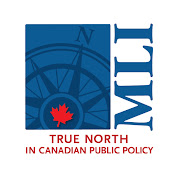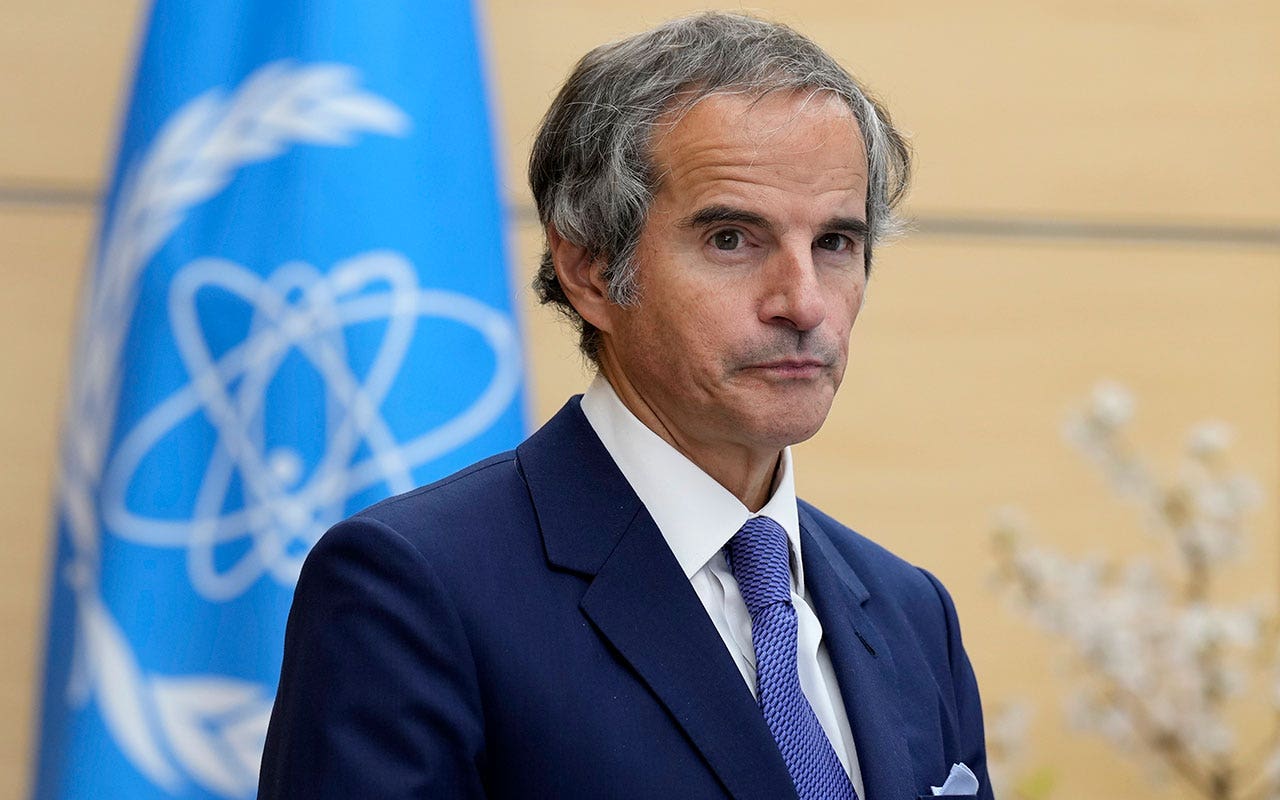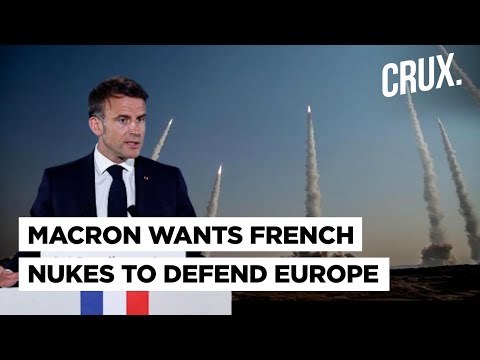#eastidahonews #INL #nuclear
IDAHO FALLS — It was Aug. 26, 1966, and President Lyndon Johnson was in Butte County.
Standing in front of 15,000 people, Johnson, the only United States president who has visited INL, designated the Experimental Breeder Reactor I a national historic landmark.
“On this very spot, the United States produced the world’s first electricity from nuclear energy,” Johnson said. “We have come to a place today where hope was born that man would do more with his discovery than unleash destruction in its wake. This energy is to propel the machines of progress.”
Nearly 60 years later, people are still fascinated by what happened at EBR-I. Last year, over 15,000 visitors from all over the world walked through the building.
“Scientists came here, built this facility and did two primary things: breed a new kind of nuclear fuel in the form of plutonium and create the first usable amounts of electricity from atomic power,” says INL tour guide Liza Raley.
The discovery
On a cold winter day in 1951, Walter Zinn and a group of scientists met in a small nuclear reactor 50 miles west of Idaho Falls to conduct an experiment.
They had started working on the reactor two years earlier, and Cold War tensions between the United States and the Soviet Union were at their height. The Soviets believed everything the United States did with nuclear power was about weapons, but Zinn and his team were about to prove them wrong.
On Dec. 20, 1951, the group lit up four light bulbs using electricity generated from the reactor. The next day, they lit up the entire building.
“It was a big deal,” Jess Gehin, associate lab director for nuclear science, tells EastIdahoNews.com. “I’ve got a copy at home of the New York Times, and it was on the front page with the information they could share. It was still sensitive information, but it was a huge breakthrough in just a short period of time.”
This breakthrough meant atomic energy could be used beyond war and in everyday situations. Those at EBR-I that day wrote their names on a chalkboard, which still hangs in place today.
“It was huge. It was the first reactor for the national reactor test site that ultimately tested 52 reactors in range and designs,” Gehin explains. “The only reactors operating before that were the Manhattan Project reactors and a few small experimental reactors.”
The scientists continued to work on EBR-I and made advancements in technology. Four years later, in 1955, electricity from the BORAX-III reactor, about a half a mile away, was used to light the entire city of Arco.
“The east Idaho desert is the birthplace of nuclear energy – the cleanest, safest carbon-free energy available,” Raley says. “It all started here in the backyard of east Idaho in 892 square miles of the Idaho desert.”
The future
EBR-I was operational until 1964 when it was shut down. Johnson visited two years later, and the reactor has been open for tours ever since.
“We have people on staff to make sure it stays preserved so when you come here, you get to see the way it was,” Raley explains.
That includes the original handwriting on bricks from scientists hard at work, a hot cell, where testing was done on material, and a control panel complete with buttons, gauges and levers.
“The control panel is not too different from what you’ll find in a reactor today operating all over the U.S.” says project researcher Jon Grams. “This reactor is incredibly historic. It’s the first reactor to actually produce usable power, it’s the first breeder reactor, and it really was the starting point for experimental reactors here at the lab.”
EBR-I is open Memorial Day weekend through Labor Day weekend, seven days a week, from 9 a.m. to 5 p.m. and tours are free. The public is invited to visit and interns are on hand to answer questions.
“You definitely need to come out here. It’s an amazing place,” Grams says.
► Subscribe to East Idaho News: https://www.youtube.com/c/Eastidahonews?sub_confirmation=1
► Download our free app: http://marketplace-redirect.doapps.com/3236
► Like us on Facebook: https://www.facebook.com/EastIdahoNews
► Follow us on Twitter: https://twitter.com/EastIDNews
► Follow us on Instagram: https://www.instagram.com/eastidahonews/
► Get East Idaho News merch: https://www.eastidahonews.com/shop/
► Subscribe to our free newsletter: https://www.eastidahonews.com/newsletter/










![Goldman bullish on nuclear power, sees upside for this uranium play [Video]](https://energynewsvideo.com/wp-content/uploads/2024/05/mp_365481_0_1074108961715003485420gettyimages94844908pdir1045PHij0081JPGjpeg.jpg)

![Russia to deploy nukes at new military district across NATO states | Nuclear war imminent? | WION [Video]](https://energynewsvideo.com/wp-content/uploads/2024/05/mp_364755_0_0jpg.jpg)

